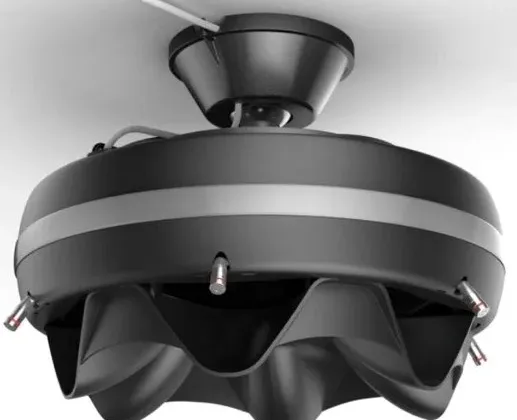We all know and believe that bad things accompany each and every good thing.
Likewise, weeds compete with the mainstream crop in every area. Let’s understand some facts about these unwanted plants, called weeds.

What is ‘Weed’?
Weed. The term stands for plants growing in a wrong or undesired place. Weeds, generally, act as competitors for the main crop or plants for sunlight, nutrients from ground and space. These factors mainly affect the growth of the desired flora.
Taxonomically, there is no term called weed in botany as a plant which is treated as a weed in one context is not weed in a situation where it is grown as the main crop. The term weed is also used for plants that reproduce at a large scale within a small period.
Eradication of weed is essential in case of agriculture or other human controlled setups like farm fields, gardens, lawns or parks. Methods of removing the weeds vary depending on the personal choice, weather conditions and other factors.
Removing Weeds
Weed control techniques can be broadly classified into five categories, irrespective of the area or where from the weeds are to be removed.
Read Also:
- 11 Landscaping and Gardening Hacks That Are Going to Change Your Life Forever
- Gardening Tips: Natural Deer Deterrent, Living, Loving & Gardening With Deer
- Maximizing Roi: Strategies for Success at Trade Shows With Effective Displays
- Taking the Guesswork out of Gardening Supplies
- Best Way to Keep Weeds From Growing Between Pavers and Cracks
Preventive Weed Control Measures:
It’s always said that prevention is better than cure. This case also seems to follow the quote. Preventive measures involve steps or control methods that aim to avoid the growth of weed in any agricultural land, a park, or a lawn.
Using seeds that are certified and weed-free, mainly transporting weed-free hay, maintaining cleanliness of the farm equipment before relocation and spraying irrigation water to make sure that the weed seeds don’t travel along ditches of irrigation, are few examples of preventive weed control strategies.
Cultural Methods for Weed Control:
These measures particularly aim at maintaining the field conditions in such conditions where the weeds seem to grow less or develop minimally.
Examples of cultural weed control can be crop rotation, avoiding overgrazing, using forage species that are well adapted and are competitive in nature and maintaining good fertility of the soil.
Mechanical Methods for Weed Control:
Tillage and Mowing are the widely used two types of mechanically weed controlling methods. These weed control methods, as the name suggests, employs farm equipment for eradicating weeds.
Biological Methods for Weed Control:
Use of organic foes of weeds to get rid of them comes under this category. Some examples may cover scenarios like goats being used to control brush on rangeland, or sheep to control tansy ragwort.
Chemical Methods for Weed Control:
The above-mentioned methods of weed control help in the long run, but the procedure for every technique is tedious with minimal chances of instant results.
Herbicides, a part of chemically weed controlling methods, show immediate results when used on weeds. 2,4-DB; EPTC; bromoxynil and paraquat are some extensively used chemicals.
Weeds, technically, the undesired and unwanted plants present in lawns or any other agricultural area needs to be eradicated to allow the healthy growth of mainstream crops.
Depending on the personal choice, type of agriculture and other factors, we can easily choose the best eradication technique that suits us among the methods mentioned before in the article.










